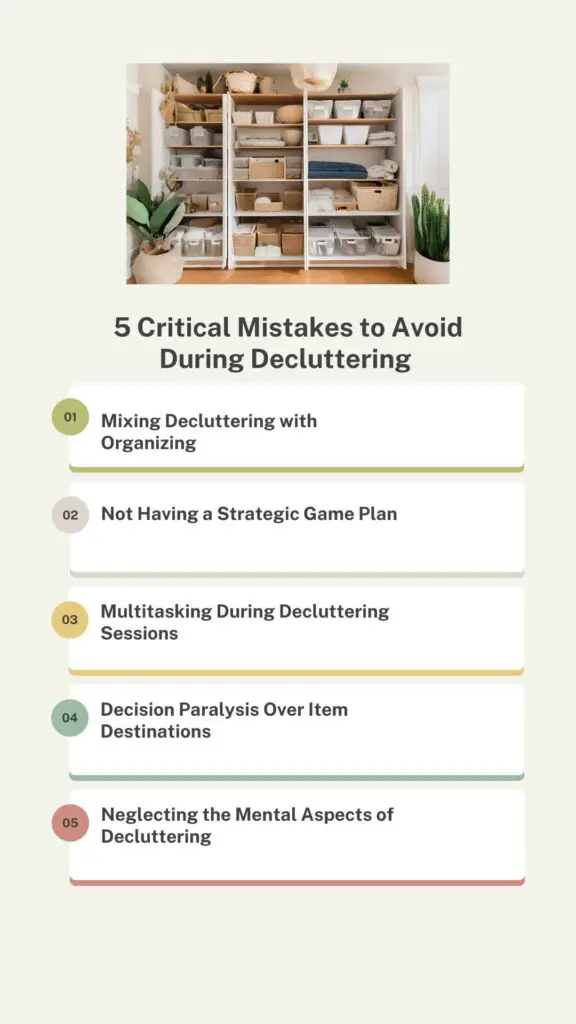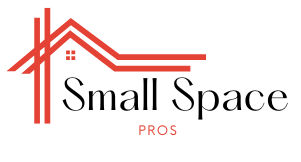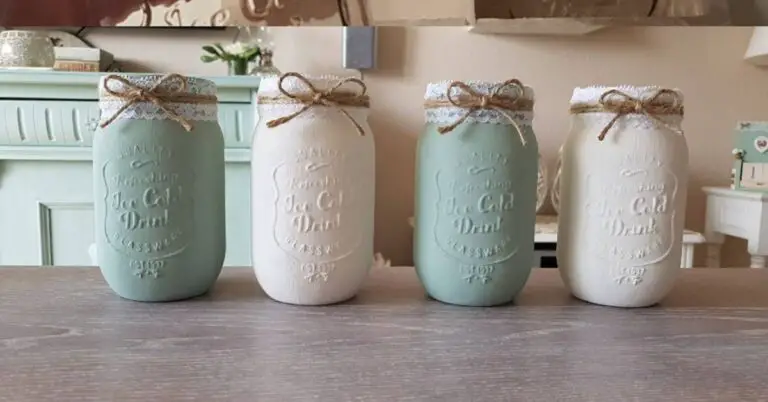5 Critical Mistakes to Avoid During Your Decluttering Journey
The path to a clutter-free home is rarely straightforward. While many of us dream of achieving that peaceful, organized living space we see in magazines, the reality of decluttering can be overwhelming. According to a National Association of Productivity and Organizing Professionals survey, 54% of Americans feel overwhelmed by their clutter, yet many struggle to complete their decluttering projects successfully.
In this article, we’ll dive into the key mistakes to avoid during your decluttering journey. Whether you’re a first-time declutterer or a seasoned organizer, this guide will help you maintain momentum, make smarter decisions, and transform your home without unnecessary setbacks.
Why Most Decluttering Attempts Fail

Before we dive into what not to do, let’s understand why decluttering can be so challenging. Research shows that the average American home contains over 300,000 items, from paperclips to furniture. This sheer volume can make the decluttering process feel insurmountable. Additionally, studies in consumer psychology reveal that we form emotional attachments to our possessions, making it difficult to let go even when we know we should.
The good news? By avoiding certain common pitfalls, you can transform your decluttering journey from an overwhelming chore into a manageable and rewarding process.
Related: Declutter Your Small Kitchen: Toss These 20 Items Now
Understanding the True Cost of Clutter
Consider these sobering statistics:
- Americans spend an average of 2.5 days per year searching for misplaced items
- Cluttered homes contain 40% more dust than organized spaces
- 80% of the items we keep are never used
When you understand these impacts, it becomes clear why proper decluttering isn’t just about aesthetics—it’s about reclaiming your time, space, and peace of mind.
Mistake #1: Mixing Decluttering with Organizing

One of the most costly mistakes people make is attempting to organize while they declutter. This seemingly innocent habit can triple your project time and lead to unnecessary stress. Here’s why:
The Crucial Difference Between Decluttering and Organizing
| Aspect | Decluttering | Organizing |
|---|---|---|
| Primary Goal | Remove excess items | Arrange kept items |
| Focus | Decision-making about what to keep | Creating systems |
| Timeline | Should be completed first | Follows decluttering |
| Mental Energy | Requires decisive thinking | Requires creative thinking |
| End Result | Fewer items | Better arrangement |
Mistake #2: Not Having a Strategic Game Plan
Unlike the surface-level advice to “just start somewhere,” successful decluttering requires a well-thought-out strategy. The consequences of haphazard decluttering can be devastating to your motivation and progress.
The Three-Zone Decluttering Method
Instead of randomly tackling spaces, divide your home into three distinct zones:
Quick-Win Areas
- Low emotional attachment spaces (bathroom, laundry room)
- Areas with obvious trash/clutter
- Spaces with duplicate items
Moderate Challenge Zones
- Living spaces (living room, kitchen)
- Storage areas (closets, garage)
- Home office spaces
High-Emotion Spaces
- Personal memorabilia
- Children’s items
- Family heirlooms
Setting Realistic Timelines
Research from professional organizers suggests the following time estimates for thorough decluttering:
| Space | Average Time Needed | Complexity Level |
|---|---|---|
| Bathroom | 2-3 hours | Low |
| Kitchen | 6-8 hours | High |
| Bedroom | 4-6 hours | Medium |
| Garage | 8-12 hours | Very High |
| Home Office | 4-8 hours | Medium-High |
Mistake #3: Multitasking During Decluttering Sessions
While the competitor’s article briefly mentioned avoiding distractions, let’s delve deeper into why multitasking during decluttering is particularly harmful and how to create the optimal decluttering environment.
The Science Behind Focus
Studies in cognitive psychology reveal that what we call “multitasking” is actually task-switching, which can:
- Reduce productivity by up to 40%
- Increase decision fatigue
- Lower the quality of our choices
- Extend project completion time significantly
Creating Your Ideal Decluttering Environment
To maximize your decluttering success:
Time Blocking
- Set specific decluttering periods (45-90 minutes optimal)
- Include mandatory breaks (15 minutes between sessions)
- Schedule during your peak energy hours
Environment Optimization
- Proper lighting (natural light preferred)
- Comfortable temperature (68-72°F ideal)
- Good ventilation
- Background noise management
Mistake #4: Decision Paralysis Over Item Destinations
A critical oversight in many decluttering guides is failing to address the psychological burden of decision-making. Let’s tackle this head-on with a systematic approach that eliminates decision fatigue.
The 4-Box Decision System
Instead of agonizing over each item’s final destination, use this proven sorting method:
| Box Category | Description | Timeline for Action | Examples |
|---|---|---|---|
| Keep & Use | Items used regularly | Store immediately after decluttering | Daily essentials, functional tools |
| Keep & Store | Seasonal/occasional items | Within 1 week | Holiday decorations, special occasion items |
| Relocate | Items that belong elsewhere | Within 48 hours | Items from other rooms |
| Remove | Items leaving the house | Within 1 week | Donations, sales, trash |
Creating Your Action Plan Matrix
For items in the “Remove” category, use this decision matrix:
| Value | Condition | Best Action | Timeline |
|---|---|---|---|
| High (>$50) | Good | Sell online/consignment | 2 weeks |
| High (>$50) | Poor | Recycle/Dispose | 24 hours |
| Medium ($20-50) | Good | Local sale/donation | 1 week |
| Low (<$20) | Any | Immediate donation/disposal | 24 hours |
Mistake #5: Neglecting the Mental Aspects of Decluttering
While physical clutter is visible, the mental barriers to decluttering often go unaddressed. Understanding and preparing for these psychological challenges is crucial for success.
Common Emotional Barriers and Solutions
Scarcity Mindset
- Fear: “I might need this someday”
- Solution: Document replacement costs and availability
- Action: Create a “maybe” box with a 30-day decision deadline
Sunk Cost Fallacy
- Fear: “I spent money on this”
- Solution: Calculate storage cost vs. item value
- Action: Track unused items’ “cost per non-use”
Emotional Attachment
- Fear: “This holds memories”
- Solution: Digital preservation of memories
- Action: Create memory books/photos before letting go
Essential Tools and Supplies for Effective Decluttering
One significant gap in many decluttering guides is the lack of information about proper tools and preparation. Having the right supplies ready can make the difference between success and frustration.
The Decluttering Toolkit
| Category | Essential Items | Purpose | Estimated Cost |
|---|---|---|---|
| Sorting | Clear bins (5-6) | Temporary categorization | $40-60 |
| Protection | Heavy-duty gloves | Safety from sharp/dirty items | $10-15 |
| Documentation | Label maker/markers | Clear identification | $20-30 |
| Transport | Moving dolly/cart | Heavy item movement | $50-70 |
| Storage | Quality garbage bags | Immediate removal | $15-20 |
Setting Up Your Decluttering Command Center
Before starting any session, create a designated processing area with:
Sorting Station
- Cleared flat surface (table/countertop)
- Good lighting
- Comfortable standing/sitting height
- Easy access to bins and bags
Documentation Area
- Space for inventory lists
- Camera for selling items
- Measurement tools
- Value assessment resources
Sustainable Disposal Methods
An often-overlooked aspect of decluttering is responsible disposal. Here’s a comprehensive approach:
| Item Type | Best Disposal Method | Environmental Impact | Local Resources |
|---|---|---|---|
| Electronics | E-waste recycling | High if improperly disposed | Local recycling centers |
| Textiles | Fabric recycling/donation | Medium | Clothing banks |
| Furniture | Donation/upcycling | Low if repurposed | Local charities |
| Paper/Cardboard | Recycling | Medium | Curbside recycling |
| Hazardous Items | Special disposal | Very high | Municipal services |
Advanced Tips for Decluttering Success
To ensure long-term success and prevent the need for frequent decluttering sessions, let’s address some advanced strategies that most guides overlook.
Implementing the One-In-One-Out Rule
Create a sustainable system by following this structured approach:
| Category | Tracking Method | Review Frequency | Success Metrics |
|---|---|---|---|
| Clothing | Digital inventory | Seasonal | Items worn/month |
| Books/Media | Reading log | Quarterly | Usage frequency |
| Kitchen Items | Usage tracking | Monthly | Cooking frequency |
| Decor | Rotation schedule | Bi-annual | Space utilization |
Creating Maintenance Zones
Divide your home into maintenance zones:
Daily Reset Zones
- Entry areas
- Kitchen counters
- Bathroom surfaces
Weekly Check Zones
- Closets
- Desk areas
- Kitchen cabinets
Monthly Review Zones
- Storage areas
- Garage/basement
- Deep storage
Measuring Success: Beyond the Basics
Track your decluttering progress using these key performance indicators:
| Metric | Measurement Method | Target Goal |
|---|---|---|
| Time Savings | Track item location time | 50% reduction |
| Space Gained | Before/after photos | 30% more space |
| Maintenance Time | Cleaning duration | 25% reduction |
| Decision Speed | Items processed/hour | 20% improvement |
Conclusion
Remember, successful decluttering isn’t about perfection—it’s about progress. By avoiding these five critical mistakes and implementing the strategies outlined above, you’re well-equipped to create lasting change in your home.
Action Steps for Tomorrow:
- Select your starting zone based on the Three-Zone Method
- Gather your decluttering toolkit
- Schedule your first focused session
- Set up your sorting system
- Begin with a small, achievable area
The journey to a clutter-free home is personal and unique. Take these guidelines and adapt them to your situation, knowing that each step forward, no matter how small, is progress toward your goal of a more organized, peaceful living space.







